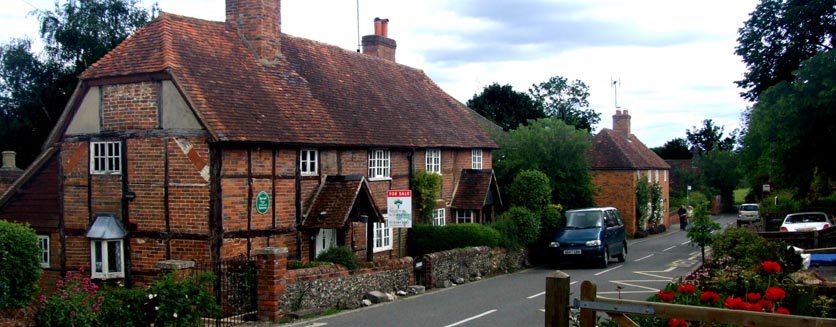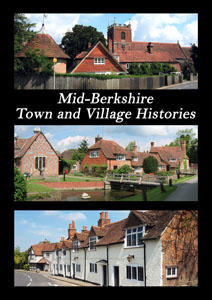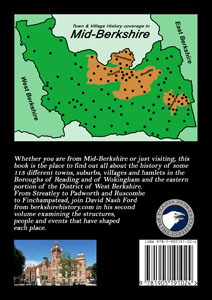 |
 |
||||||||
|
|
The name Purley is supposed to mean Pear Tree Clearing . There used to be two villages in the parish, one for each manor. Westbury Farm stands on the site of the deserted medieval village of Purley Parva or Little Purley. Its manor house was Purley Hall which was not completely within the parish: the boundaries of Purley, Sulham and Pangbourne once met in the dining room. For many years, the hall was rented out to Warren Hastings, the disgraced Governor of India, while he awaited his trial around 1788. This unhappy time there was brightened by the Indian menagerie that he kept about him. The place was originally called Hyde Hall after the Hyde family from Denchworth near Wantage, who built it in 1609. The place was the childhood home of the 18th century socialite, Frances, Viscountess Vane. She was the daughter of Francis Hawes, one of the directors of the South Sea Company, who lost the Hall when the company's infamous financial bubble burst. Purley Village was originally Purley Magna or Great Purley and sits nearer the parish church with its own manor house, Purley Park. In 1485, the property came into the hands of Sir John Iwardby. His eldest daughter and coheiress, Jane, married Sir John St John, Chamberlain to the Countess of Richmond. She has a textual memorial (1553) in the parish church at Purley. The main St John estate was at Lydiard Tregoze near Swindon but, being convenient for both London and Windsor, Purley became a favoured second home. Indeed, the couple's grandson, Nicholas St John, seems to have preferred Purley to his other houses. His son, Viscount Grandison, a rather over-enthusiastic Lord Deputy of Ireland, grew up at Purley during the 1560s and is believed to have financed the rebuilding, in 1626, of the church tower. The Viscount's nephew, John, the first St John baronet, was lord of the manor at the time and seems to have resided at Purley Park on occassion. He married Anne Leighton, a granddaughter of Sir Francis Knollys from Reading, and they later became the great grandparents of the 1st Viscount Bolingbroke of Bucklebury House . They were staunch royalists and one of their sons was killed at the Second Battle of Newbury. It is Sir John's residence at the Park which explains the existence of the mural monument in the parish church to Anne, the first wife of Edward Hyde, later 1st Earl of Clarendon. By his second wife, he became father to Anne Hyde (who was born at Cranbourne Lodge), the first wife of King James II, when he was Duke of York, and mother of both Queen Mary II and Queen Anne. An erroneous old story, often repeated, tells how this second Anne Hyde was a member of the family of that name who lived at Purley Hall. The monument to her father's earlier wife being cited as proof. However, her family were from Wiltshire. Anne, wife of Edward Hyde, was only buried at Purley because she was the niece of Sir John St John. She was apparently taken ill at Reading, while travelling, and was removed to her uncle's house at Purley Park. There she died and she was subsequently buried in the parish church. Although standing on an ancient site, the entire church, apart from the tower, was rebuilt in Victorian times. Its great treasure is its superbly carved Norman font. Read more history of Purley and other nearby settlements, like Pangbourne or Tilehurst, in David Nash Ford's book, 'Mid-Berkshire Town and Village Histories'. Click to Order direct from the Author.
|
||||||||
| © Nash Ford Publishing 2009; Revised 2020. All Rights Reserved. | |||||||||





